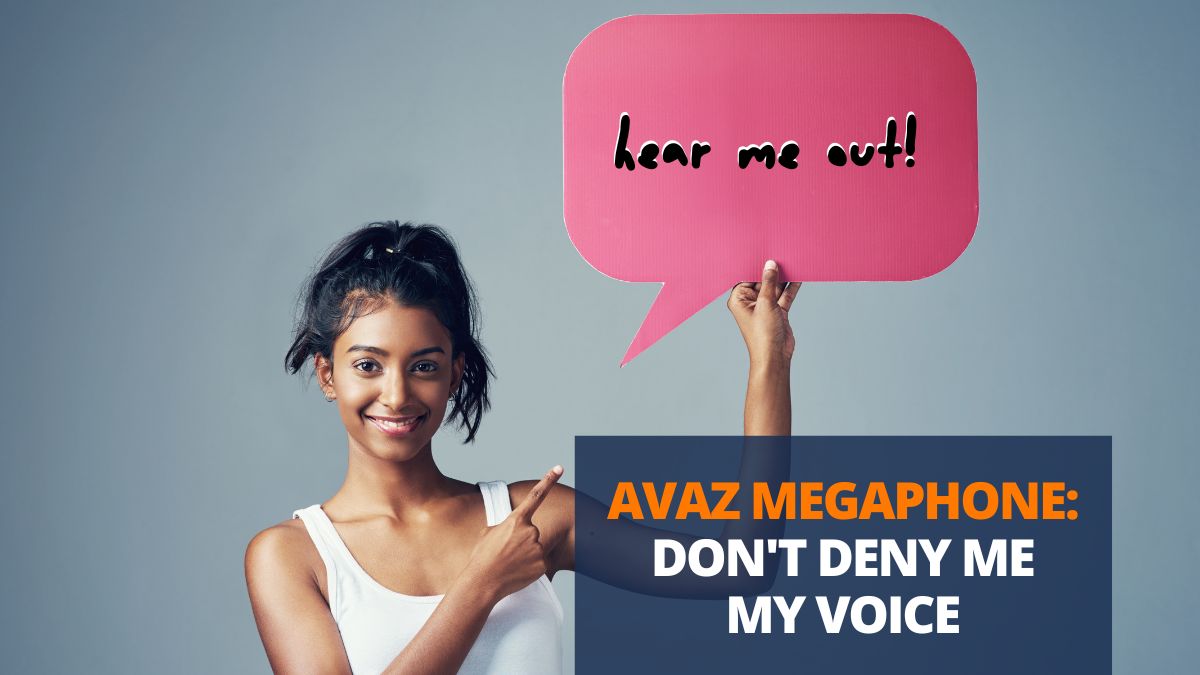In today’s blog post, Kavitha* shares her daughter, Pooja’s* journey with AAC.
Kavitha is a designer by profession. She lives with her family in Mumbai, India. Pooja is her 8-year old child, who is non-verbal and has been diagnosed with Angelman Syndrome.
Kavitha reflects upon her experiences with AAC adoption in India and her child’s progress through continued use of AAC apps:
Pooja’s Journey
Pooja was diagnosed with Angelman Syndrome at a very early age. Among other characteristics typical to this diagnosis, she was non-verbal. She faced many transition issues in her daily life. Furthermore, Pooja also had certain behavioral challenges. 

Since Pooja’s scanning abilities were great, her therapist in the US had advised us to use Avaz instead of the Picture Exchange Communication System or PECS. That was one of the best suggestions we were offered. And there has been no looking back since then! After the introduction of Avaz into her life, we noticed that she was also able to overcome some of the behavioural challenges she faced.
When I came back to India from the US, I noticed that no one here was using AAC. Awareness levels too were very low. Since we had seen success with AAC, I was keen on its continued use for Pooja. I had to personally advocate for the use of AAC and Avaz in many of the schools that Pooja has attended over the years. I have since realized that persistence is the key.
Pooja is now in the 4th year of her schooling. After many years of persisting, Pooja’s teachers have finally added their folders into her AAC system. In fact, there used to be a time when I would write daily notes to the teachers in Pooja’s school diary, insisting that they use Avaz in school everyday. On the flip side, such persistence has not always yielded positive responses from teachers & therapists.
One such instance was when I was asked to stop behavior therapy at a reputed autism centre in Mumbai. This was because I was constantly insisting on the therapist using at least 5 minutes of Avaz with Pooja for her to pick up basic communication. The director didn’t understand my point of view. I was told that they will not be able to serve Pooja, as their therapists could not work in the manner requested.
It has been 3 years since we began using Avaz for at least half an hour daily. Regular use has enabled Pooja to do her tasks easily. Earlier she would be resistant to doing the same work. Now we are at a stage where we are able to discuss Pooja’s daily schedule on Avaz, and she too knows her plan of action for the day.
Today Pooja is able to buy groceries or order her favorite food, french fries, at McDonald’s. She says “thank you” to people. She is able to express to me whenever she misses her favorite person – her Nani (maternal grandmother in Hindi). She wishes family members on their birthdays. She is able to recount to her teachers that she went for a movie and ate popcorn. She tells her dad about the time she spent at the mall with her Mama… The list is endless!
And the best part. She is now also able to read sight words on Avaz.
AAC awareness is gradually increasing in India, but I firmly believe that it could move faster. I really pray that one day, every parent, teacher, and therapist will wake up to the advantages of AAC. I hope that the understanding grows – that such a medium that acts as a voice for our children makes their lives way more expressive, independent and happy.
We are grateful to Kavitha for having shared Pooja’s story with us. Such stories inspire us to strive towards constantly improving the product and making every voice heard!
Share your thoughts! Leave us a comment!
Do you have a similar story to share with us? Write to us: support@avazapp.com
Picture Credit: Hoda Nicholas
*Names Changed



